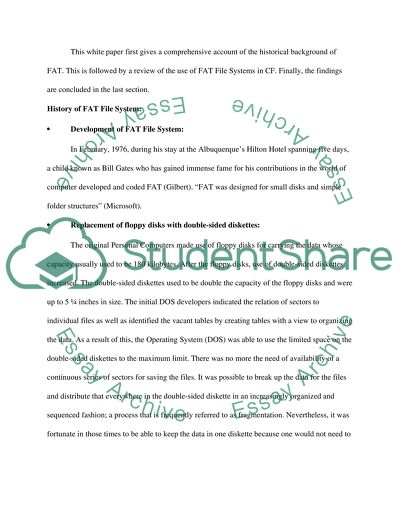Cite this document
(“FAT file systems Essay Example | Topics and Well Written Essays - 1000 words”, n.d.)
Retrieved from https://studentshare.org/information-technology/1430265-fat-file-systems
Retrieved from https://studentshare.org/information-technology/1430265-fat-file-systems
(FAT File Systems Essay Example | Topics and Well Written Essays - 1000 Words)
https://studentshare.org/information-technology/1430265-fat-file-systems.
https://studentshare.org/information-technology/1430265-fat-file-systems.
“FAT File Systems Essay Example | Topics and Well Written Essays - 1000 Words”, n.d. https://studentshare.org/information-technology/1430265-fat-file-systems.


